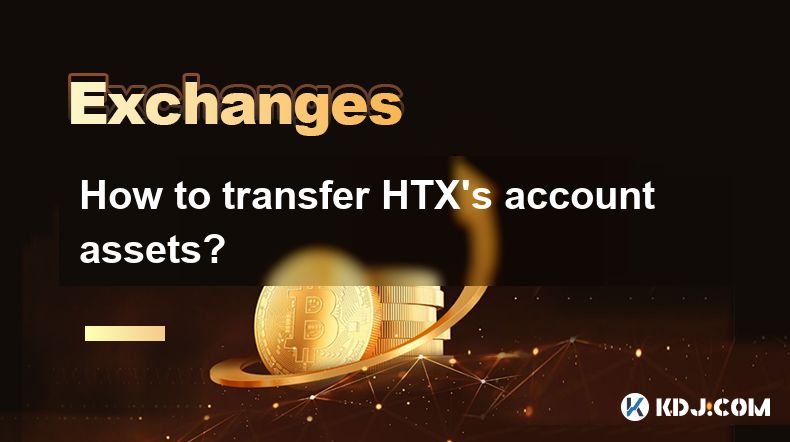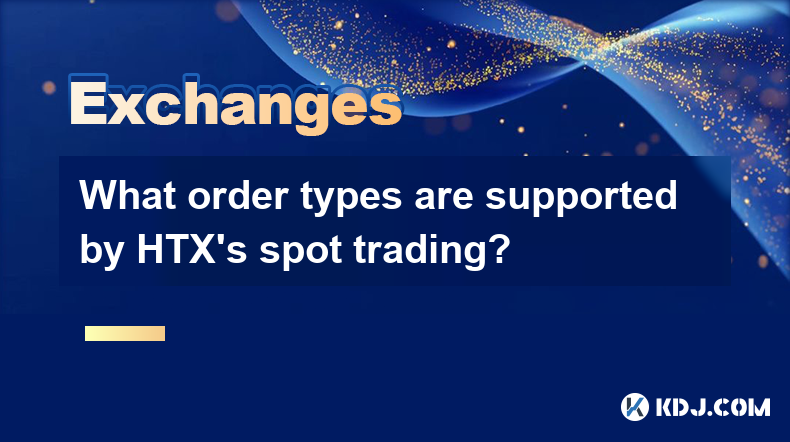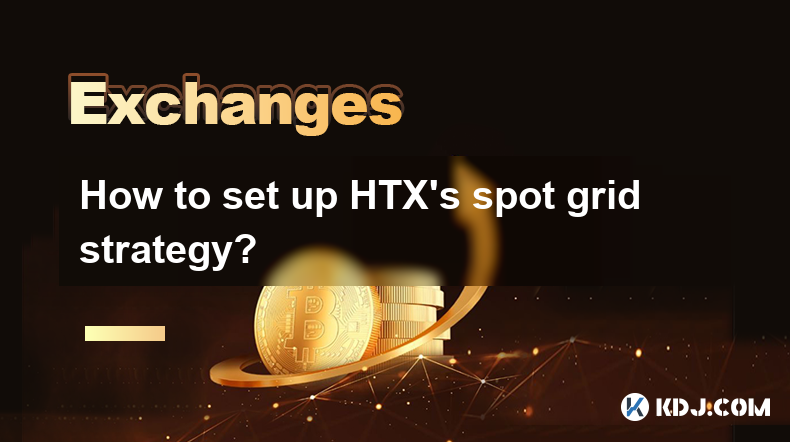-
 Bitcoin
Bitcoin $83,817.4811
0.96% -
 Ethereum
Ethereum $1,813.8870
0.92% -
 Tether USDt
Tether USDt $0.9997
0.00% -
 XRP
XRP $2.1328
3.38% -
 BNB
BNB $596.1876
0.39% -
 Solana
Solana $120.9705
4.42% -
 USDC
USDC $1.0000
-0.01% -
 Dogecoin
Dogecoin $0.1697
3.81% -
 Cardano
Cardano $0.6579
0.95% -
 TRON
TRON $0.2368
-0.61% -
 UNUS SED LEO
UNUS SED LEO $9.2220
-3.84% -
 Chainlink
Chainlink $12.8756
0.76% -
 Toncoin
Toncoin $3.3259
-5.83% -
 Stellar
Stellar $0.2582
-0.65% -
 Avalanche
Avalanche $18.1509
-0.29% -
 Sui
Sui $2.2443
2.29% -
 Shiba Inu
Shiba Inu $0.0...01232
1.48% -
 Hedera
Hedera $0.1633
0.64% -
 Litecoin
Litecoin $84.4594
1.09% -
 Polkadot
Polkadot $4.0229
0.16% -
 MANTRA
MANTRA $6.2712
-1.28% -
 Bitcoin Cash
Bitcoin Cash $301.2548
-1.80% -
 Bitget Token
Bitget Token $4.5194
0.81% -
 Dai
Dai $1.0000
-0.01% -
 Ethena USDe
Ethena USDe $0.9991
-0.03% -
 Hyperliquid
Hyperliquid $12.0373
2.94% -
 Monero
Monero $217.3044
-0.12% -
 Uniswap
Uniswap $5.8921
0.20% -
 OKB
OKB $50.9335
8.91% -
 Pepe
Pepe $0.0...07248
6.42%
How to stake crypto on Coinbase
Staking crypto on Coinbase is easy: verify your account, choose a supported cryptocurrency like ETH, ADA, or SOL, and follow simple steps to earn rewards.
Apr 02, 2025 at 07:28 pm

Staking crypto on Coinbase is a straightforward process that allows you to earn rewards on your cryptocurrency holdings. By participating in staking, you help secure the network of the cryptocurrency you're holding, and in return, you receive additional tokens as a reward. Coinbase supports staking for several cryptocurrencies, including Ethereum, Cardano, and Solana, among others. To get started, you'll need to have a Coinbase account and hold the supported cryptocurrency in your Coinbase wallet. The process involves a few simple steps, which we'll outline in detail below.
Preparing to Stake on Coinbase
Before you can start staking on Coinbase, there are a few prerequisites you need to meet. First, ensure you have a verified Coinbase account. You'll need to complete the necessary identity verification steps to comply with regulatory requirements. Next, you should have the cryptocurrency you wish to stake in your Coinbase wallet. Make sure you understand the specific staking requirements for the cryptocurrency you're interested in, as different cryptocurrencies may have different minimum staking amounts or lock-up periods.
Choosing the Right Cryptocurrency to Stake
Coinbase supports staking for a variety of cryptocurrencies, each with its own set of rewards and requirements. Some popular options include:
- Ethereum (ETH): Staking Ethereum on Coinbase allows you to participate in the Ethereum 2.0 network upgrade. The rewards are typically around 4-5% annually, but this can vary.
- Cardano (ADA): Cardano offers staking rewards of around 4-6% annually. Staking ADA on Coinbase is a good way to earn passive income while supporting the Cardano network.
- Solana (SOL): Solana staking on Coinbase can yield around 5-7% annually. Solana is known for its fast transaction speeds and low fees, making it an attractive option for staking.
When choosing which cryptocurrency to stake, consider factors such as the potential rewards, the lock-up period, and the overall stability of the cryptocurrency.
: Step-by-Step Guide
To start staking on Coinbase, follow these steps:
- Log into your Coinbase account: Ensure you are logged into your verified Coinbase account.
- Navigate to the Staking section: Go to the "Earn" or "Staking" section of the Coinbase platform. This can usually be found in the main menu or under the "Assets" tab.
- Select the cryptocurrency you want to stake: Choose the cryptocurrency you wish to stake from the list of supported assets. Click on the "Stake" or "Earn" button next to the cryptocurrency.
- Enter the amount you want to stake: Specify the amount of cryptocurrency you want to stake. Make sure you meet the minimum staking requirements for the chosen cryptocurrency.
- Review and confirm: Review the staking details, including the estimated rewards and any lock-up periods. Once you're satisfied, confirm the staking transaction.
- Wait for the staking process to complete: After confirming, the staking process will begin. Depending on the cryptocurrency, it may take some time for your stake to be activated and for you to start earning rewards.
Understanding Staking Rewards and Lock-Up Periods
Staking rewards on Coinbase are typically paid out in the same cryptocurrency you're staking. The rewards are calculated based on the amount you've staked and the annual percentage yield (APY) of the cryptocurrency. For example, if you stake 100 ETH with an APY of 5%, you can expect to earn around 5 ETH in rewards over the course of a year.
It's important to be aware of any lock-up periods associated with staking. Some cryptocurrencies require you to lock up your staked tokens for a certain period, during which you cannot withdraw them. For instance, Ethereum 2.0 has a lock-up period that can last several months or even years. Make sure you understand these terms before committing to staking.
Managing Your Staked Assets
Once you've staked your cryptocurrency on Coinbase, you can manage your staked assets through the Coinbase platform. You'll be able to view your staking rewards, track the performance of your staked assets, and, if applicable, withdraw your staked tokens once the lock-up period has ended.
To manage your staked assets:
- Go to the "Earn" or "Staking" section: Navigate to the section where you initially staked your cryptocurrency.
- View your staking rewards: You'll see a summary of your staked assets and the rewards you've earned so far.
- Withdraw your staked assets: If the lock-up period has ended, you can choose to withdraw your staked tokens. Click on the "Withdraw" or "Unstake" button to initiate the withdrawal process.
Risks and Considerations of Staking on Coinbase
While staking on Coinbase can be a lucrative way to earn passive income, it's important to be aware of the potential risks and considerations. Here are a few key points to keep in mind:
- Market volatility: The value of your staked cryptocurrency can fluctuate, which may affect the overall value of your investment.
- Lock-up periods: Some cryptocurrencies have lock-up periods that prevent you from accessing your staked tokens for a certain time. This can be a risk if you need to access your funds quickly.
- Slashing penalties: In some blockchain networks, validators can be penalized for not performing their duties correctly. While Coinbase handles the technical aspects of staking, there's still a risk of penalties that could affect your rewards.
- Platform risk: As with any centralized platform, there's a risk associated with using Coinbase. Make sure you trust the platform and understand its security measures.
Maximizing Your Staking Rewards
To maximize your staking rewards on Coinbase, consider the following strategies:
- Diversify your staked assets: Staking multiple cryptocurrencies can help spread your risk and potentially increase your overall rewards.
- Stay informed about APY changes: The annual percentage yield for staking can change over time. Keep an eye on these changes and adjust your staking strategy accordingly.
- Reinvest your rewards: Consider reinvesting your staking rewards to compound your earnings over time. This can significantly increase your overall returns.
- Monitor your staked assets: Regularly check the performance of your staked assets and make adjustments as needed. If a cryptocurrency's APY drops significantly, you might want to consider switching to a different asset.
Common Questions About Staking Crypto on Coinbase
Q: What cryptocurrencies can I stake on Coinbase?
A: Coinbase supports staking for several cryptocurrencies, including Ethereum (ETH), Cardano (ADA), Solana (SOL), and others. The list of supported assets may change over time, so it's a good idea to check the Coinbase platform for the most up-to-date information.
Q: How often are staking rewards paid out on Coinbase?
A: Staking rewards on Coinbase are typically paid out on a regular basis, which can vary depending on the cryptocurrency. For example, Ethereum staking rewards are usually distributed daily, while Cardano rewards might be paid out weekly. Check the specific details for each cryptocurrency on the Coinbase platform.
Q: Can I unstake my cryptocurrency at any time?
A: It depends on the cryptocurrency and its lock-up period. Some cryptocurrencies allow you to unstake at any time, while others require you to wait until the lock-up period has ended. Always review the staking terms before committing to staking.
Q: Are there any fees associated with staking on Coinbase?
A: Coinbase may charge a fee for staking certain cryptocurrencies. These fees are typically a percentage of your staking rewards. Make sure to review the fee structure for each cryptocurrency before staking.
Q: Is staking on Coinbase safe?
A: Staking on Coinbase is generally considered safe, as Coinbase handles the technical aspects of staking and has robust security measures in place. However, there are still risks associated with market volatility, lock-up periods, and potential slashing penalties. Always do your own research and understand the risks before staking.
Q: How do I calculate my potential staking rewards on Coinbase?
A: To calculate your potential staking rewards, you'll need to know the amount of cryptocurrency you're staking and the annual percentage yield (APY) for that cryptocurrency. Multiply your staked amount by the APY to get an estimate of your annual rewards. Keep in mind that the actual rewards may vary based on network performance and other factors.
Disclaimer:info@kdj.com
The information provided is not trading advice. kdj.com does not assume any responsibility for any investments made based on the information provided in this article. Cryptocurrencies are highly volatile and it is highly recommended that you invest with caution after thorough research!
If you believe that the content used on this website infringes your copyright, please contact us immediately (info@kdj.com) and we will delete it promptly.
- Avalanche (AVAX) Saw a Significant Surge in Stablecoin Supply Over the Past Year
- 2025-04-05 14:20:12
- A RARE 50p coin has just sold for over 240 times its face value – and you might have one without even knowing
- 2025-04-05 14:20:12
- Raydium (RAY) Price Could Explode 2x Soon : Analyst Reveals the Critical Trigger
- 2025-04-05 14:15:12
- Yeti Ouro (YETIO) Gains Investor Interest By Delivering Innovative Play-to-Earn (P2E) Model
- 2025-04-05 14:15:12
- VanEck Takes a Significant Step Into the Cryptocurrency Space by Registering a Trust Company in Delaware for a BNB-Linked ETF
- 2025-04-05 14:10:15
- Pi Network (PI) Price Continues Its Downward Slide, Dropping Another 4% to Fall Below $0.70
- 2025-04-05 14:10:15
Related knowledge

What are the contract margin modes of HTX?
Apr 04,2025 at 02:14pm
HTX, formerly known as Huobi, offers various contract margin modes to cater to the diverse needs of traders. Understanding these modes is crucial for effectively managing risk and maximizing potential returns. In this article, we will delve into the different contract margin modes available on HTX, explaining their features, benefits, and how to use the...

How to transfer HTX's account assets?
Apr 04,2025 at 09:28pm
Introduction to HTX and Account AssetsHTX, formerly known as Huobi, is a leading cryptocurrency exchange that offers a wide range of trading services. One of the essential functions for users is the ability to transfer assets within their HTX accounts. Whether you're moving funds between different wallets or sending assets to another user, understanding...

What order types are supported by HTX's spot trading?
Apr 04,2025 at 04:42am
HTX, formerly known as Huobi, is a well-established cryptocurrency exchange that offers a variety of order types for spot trading. Understanding these order types is crucial for traders looking to execute their strategies effectively. In this article, we will explore the different order types supported by HTX's spot trading platform, providing detailed ...

How to cancel HTX's stop-profit and stop-loss orders?
Apr 03,2025 at 07:50pm
Introduction to HTX's Stop-Profit and Stop-Loss OrdersHTX, formerly known as Huobi, is a leading cryptocurrency exchange that offers a variety of trading tools to its users. Among these tools are stop-profit and stop-loss orders, which are essential for managing risk and securing profits in the volatile crypto market. These orders allow traders to set p...

What are HTX's contract liquidation rules?
Apr 04,2025 at 10:08am
Introduction to HTX's Contract LiquidationsHTX, formerly known as Huobi, is a prominent cryptocurrency exchange known for its diverse range of trading products, including futures and options contracts. One of the critical aspects of trading on HTX is understanding the rules surrounding contract liquidations. Liquidation occurs when a trader's position i...

How to set up HTX's spot grid strategy?
Apr 05,2025 at 12:35am
Setting up HTX's spot grid strategy involves a series of steps that allow traders to automate their trading activities based on predefined parameters. This strategy is particularly useful for those looking to capitalize on the volatility of the cryptocurrency market without constantly monitoring their trades. In this article, we will walk you through th...

What are the contract margin modes of HTX?
Apr 04,2025 at 02:14pm
HTX, formerly known as Huobi, offers various contract margin modes to cater to the diverse needs of traders. Understanding these modes is crucial for effectively managing risk and maximizing potential returns. In this article, we will delve into the different contract margin modes available on HTX, explaining their features, benefits, and how to use the...

How to transfer HTX's account assets?
Apr 04,2025 at 09:28pm
Introduction to HTX and Account AssetsHTX, formerly known as Huobi, is a leading cryptocurrency exchange that offers a wide range of trading services. One of the essential functions for users is the ability to transfer assets within their HTX accounts. Whether you're moving funds between different wallets or sending assets to another user, understanding...

What order types are supported by HTX's spot trading?
Apr 04,2025 at 04:42am
HTX, formerly known as Huobi, is a well-established cryptocurrency exchange that offers a variety of order types for spot trading. Understanding these order types is crucial for traders looking to execute their strategies effectively. In this article, we will explore the different order types supported by HTX's spot trading platform, providing detailed ...

How to cancel HTX's stop-profit and stop-loss orders?
Apr 03,2025 at 07:50pm
Introduction to HTX's Stop-Profit and Stop-Loss OrdersHTX, formerly known as Huobi, is a leading cryptocurrency exchange that offers a variety of trading tools to its users. Among these tools are stop-profit and stop-loss orders, which are essential for managing risk and securing profits in the volatile crypto market. These orders allow traders to set p...

What are HTX's contract liquidation rules?
Apr 04,2025 at 10:08am
Introduction to HTX's Contract LiquidationsHTX, formerly known as Huobi, is a prominent cryptocurrency exchange known for its diverse range of trading products, including futures and options contracts. One of the critical aspects of trading on HTX is understanding the rules surrounding contract liquidations. Liquidation occurs when a trader's position i...

How to set up HTX's spot grid strategy?
Apr 05,2025 at 12:35am
Setting up HTX's spot grid strategy involves a series of steps that allow traders to automate their trading activities based on predefined parameters. This strategy is particularly useful for those looking to capitalize on the volatility of the cryptocurrency market without constantly monitoring their trades. In this article, we will walk you through th...
See all articles





















































































